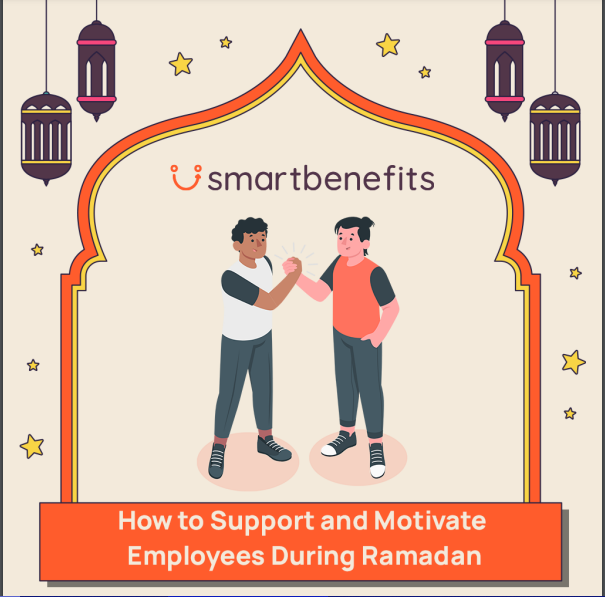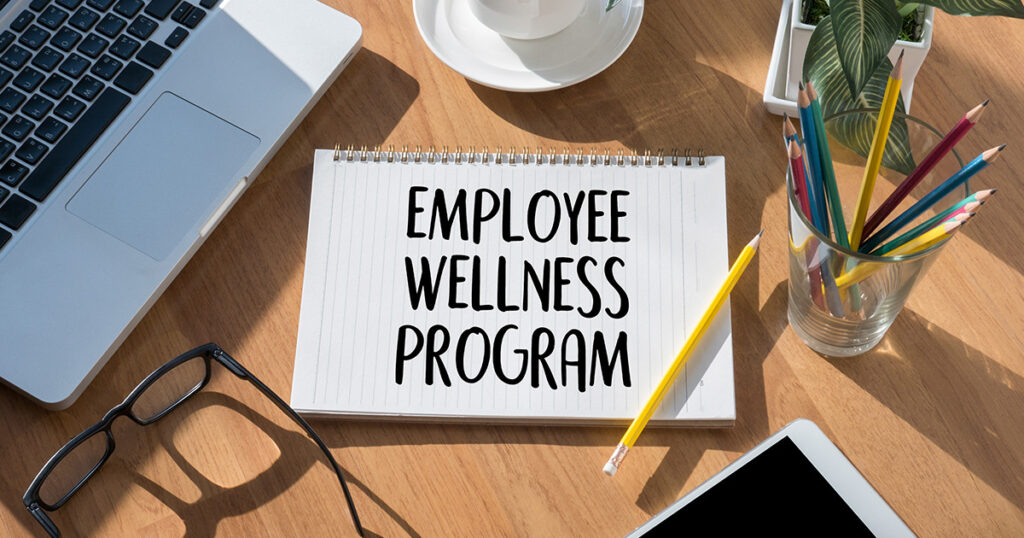Employee Experience Explained
The employee experience is the passage of time for an employee in an organization. It ideally includes every interaction during the employee’s stay, plus the experiences that involve an employee’s role, like the workspace, manager, and well-being.
Be clear that employee experience is not the same as employee engagement. Employee engagement makes the business look nice, but the employee experience improves its performance. Employee engagement is a popular trend right now, but it is a short-term fix. Employee experience is a long-term strategy that addresses the core issues in a workplace.
People addressing employee experience look at the workplace with a long-term outlook. Employee experience strategies develop core practices around employees. The concept is about genuinely understanding employees and giving them what they care about; this will help create an environment where they are empowered and valued.
Entering An Era of Human-Focused Company Culture
Traveling from multiple successful and not-so-successful management hierarchies, we are currently in the 2020s, the era of human-focused management cultures. People are reevaluating what matters in life and are reassessing their priorities. Employers are now forced to focus on the well-being of their staff.
How Employee Experience Helps Attract And Retain Talent
Internationally, companies are tweaking their HR strategies to make sure that their staff feel cared about as people and not just as workers. Popular measures include making flexible work arrangements permanent, investing in wellness programs, and increasing their diversity and inclusion efforts. Employers are trying to build a new, more dynamic relationship based on trust and empathy.
The new generation of workers is prioritizing healthy work-life balances, preferring it over excellent compensation and benefits packages. Employees want to feel cared for at work, and job posts that mention well-being resonate with potential candidates.
Employee Experience Requires an Inclusive Culture
In today’s work landscape, organizations must focus on employee retention and engagement strategy to increase revenue growth. Three key points to achieve this are to provide satisfying work with easy access to skills development, offer job flexibility and fair pay, and promote an inclusive culture. Talent development is crucial for employee engagement, and organizations must provide impartial opportunities for skill-building and growth for all employees.
Taking a fair approach to compensation is also essential, as financially stressed employees are likely to seek higher-paying opportunities elsewhere. Benchmarking data can help organizations stay competitive in this area, and offering benefits such as student loan payment plans and financial coaching can show care for employees’ well-being.
The relationship dynamic between employee and employer has transformed. Progressive organizations are moving their human resource policy from an employee-centered value proposition to a human-centered one that treats employees as people, not workers.
8 Steps To Reshaping The Employee Experience
While there’s no general solution for companies, we can identify what employers can do to improve the employee experience while focusing on creating a diverse, equitable, and inclusive environment.
Map The Employee Journey
Employees know companies are concerned about their customers, and there is no lack of investment in understanding what customers want and need. Employees also need their organizations to apply some equivalent level of attention to them. Mapping employees’ careers through the workplace helps do this quickly.
Prioritize The Well-being and Psychological Safety Of Employees.
Employees need to feel physically and mentally safe at work to perform at their best. Their experience in the workplace must be free from harassment, but also of precursors to harassment like minor aggressions in the form of verbal slights, caustic comments, and other demeaning behavior.
Education and training can inform, enlighten, and help them better understand how behavior can affect others.
Help Employees Appreciate Differences
Employees must be able to understand people who are different from themselves to create a more collaborative work environment. To do that, they need to have moments when they can genuinely relate to other people’s experiences.
One of the most effective methods for achieving this is through collaborative training and workshops, where people experience firsthand how someone felt when they encountered a specific situation.
Enable Managers to Encourage the Well-being of Their Employees
Employees want to feel cared for and feel that their employers are interested in their well-being. Managers play a crucial role in supporting employees by modeling inclusive behavior and demonstrating work-life balance.
They also intervene when necessary to guard the well-being of their employees. Companies need to ensure that managers understand how to support employees in a healthier way.
Foster Ways For Employees To Help Their Colleagues Develop A Sense Of Belonging
Help employees implement a supportive culture by showing inclusionary and exclusionary behaviors. Employees need to get opportunities to learn and try out their behavior choices in a safe, judgment-free environment.
This can take the form of watching dramatic enactments or interactive activities where they can choose how to handle a situation that best supports others.
Connect Company Values To Employee Experience
Beyond financial perks, employees are looking for companies with a strong sense of purpose directly connected to what is important to them. Research shows that younger professionals choose ethical and sustainable employers over higher pay.
Company values, represented by a “culture-based purpose,” effectively engage, retain, and attract employees. If the company values its employees’ well-being, all its processes, policies, and actions should reflect this.
Build In Flexibility On An Individual Basis
The pandemic fostered a new relationship between the employer and employee and what it means “to be at work.” The workplace has adapted to gradually be wherever the work gets done rather than a specific location. This situation led to work-life balance becoming something else altogether.
While once there was a clear delineation between work and home life, the two have merged. In the process, employees learned new ways of how work fits into life.
This has led to two results: the increase in the remote/hybrid workplace and the demand for employers to look at what work-life and well-being mean to their workforce individually.
Leverage Tech To Build Better Employee Experiences
Better business practices begin with listening. Many workforce transformation solutions help employers offer their employees a better employee experience, revolutionize their approach to HR data analytics, derive insights, and gain an understanding of their employees to help drive retention and attract top talent.
Listen To Your Employees
Use a platform to help you gather and use employee feedback to help understand core motivators, opinions, attitudes, and experiences so you can base decisions on data, not just intuition.

Sadia Zaheer holds a Masters in Business Administration from IBA, Karachi. After working in several financial institutions in Client Management, Corporate Lending, Islamic Banking and Product Management she jumped careers to pursue a career in writing.
She is a Finance, Business and HR Development writer with four years of experience. She reads a lot and takes care of her multiple cats to remain calm.



